Hulbuk Fortress
Hulbuk Fortress
Hulbuk Fortress is also known as the Palace of the Governor of Khulbuk is a medieval fortress, a palace of the ruler, and fragments of an ancient fortification. In 1999, it was included in the list of Tajik nominees for UNESCO World Heritage Sites. Hulbuk fortress has a long history and is a symbol of the history of the civilization of the Tajik nation. Hulbuk fortress lies 30 km southwest of Kulob in the small town of Kurbon Shahid.
The fortress walls were reconstructed as part of the 2 700th anniversary of the supposed founding of Kulob. The reconstruction is a model of the fortress displaying how it was assumed to have looked like before, however, nobody exactly knows how it precisely was. Nevertheless, the current shape is still a prototype as is the case with Hissor fortress near Dushanbe and Mug Tepe in Istaravshan which are also heavily restored. Archaeologists and cartographers first started to study southern Tajikistan in the 1870s, and they began to link physical territories and historical sites with ancient Buddhist texts.
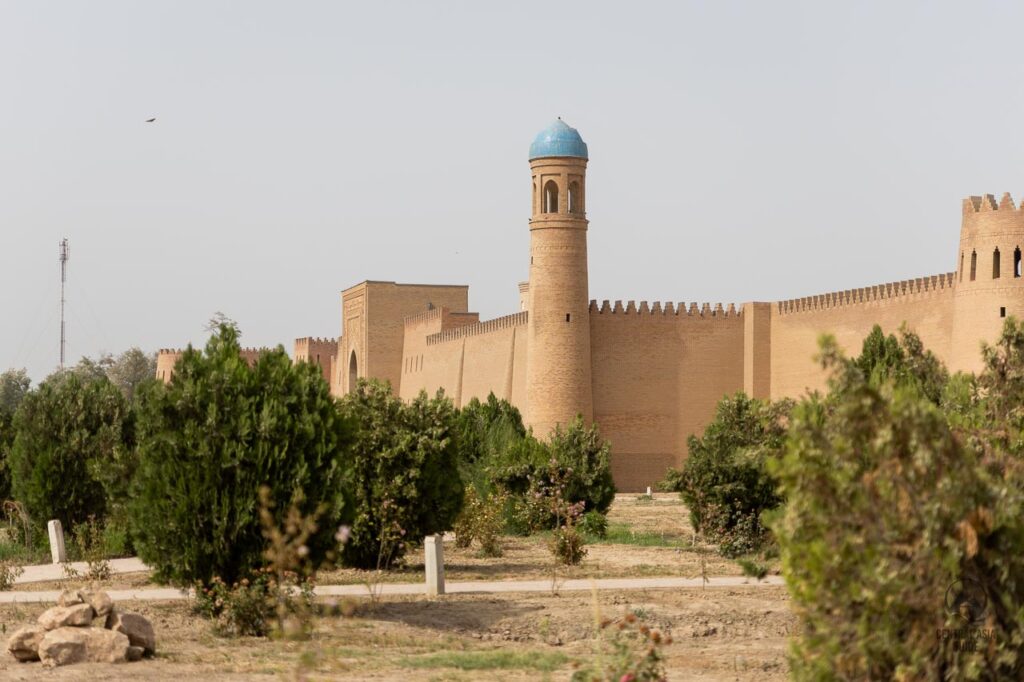
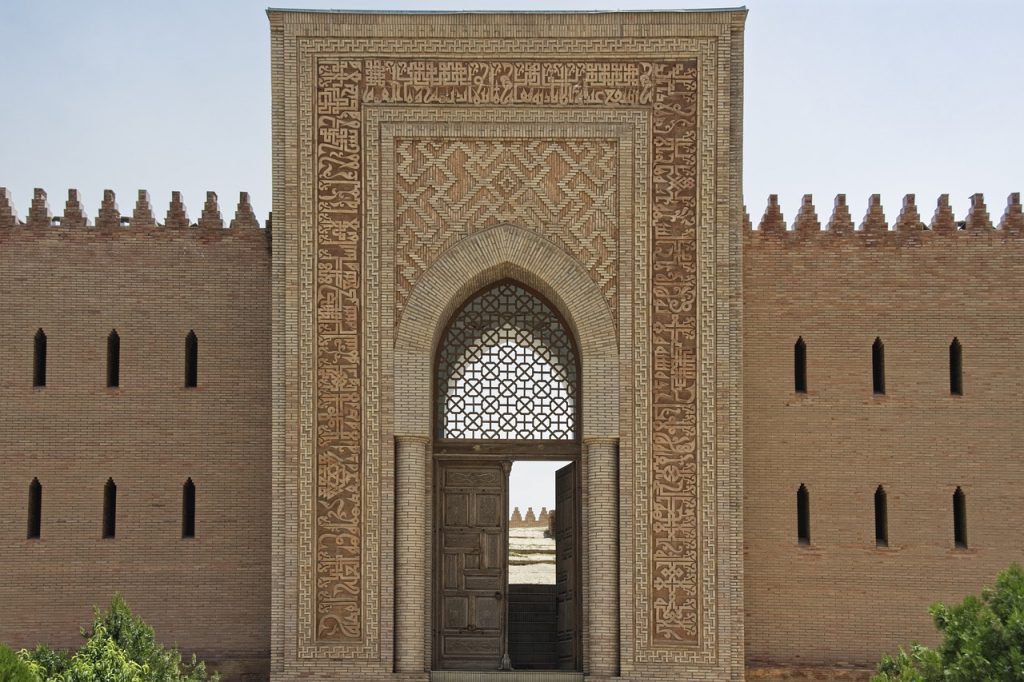
The 4th century AD Bactrian Kingdom of Khuttal (also known as Takhristan) was mentioned in the writings of Chinese pilgrim Sjuan-Tszjan when he visited Central Asia in 630. Its boundaries were initially determined by the Amu Darya and Vakhsh rivers, but by the 10th century, rulers were seeking alliances as far south as Balkh in Afghanistan.
Several famous cities within the kingdom have been identified, but the center of regional power was Hulbek or Khulbuk. Khuttal reached the peak of its power between the 9th and 11th centuries when it was the fourth largest city in Central Asia. It flourished under the Samanid dynasty. Hulbek was strategically important and grew wealthy on the back of trade, both of these things required the construction of strong defenses to protect the town against attack from the south.
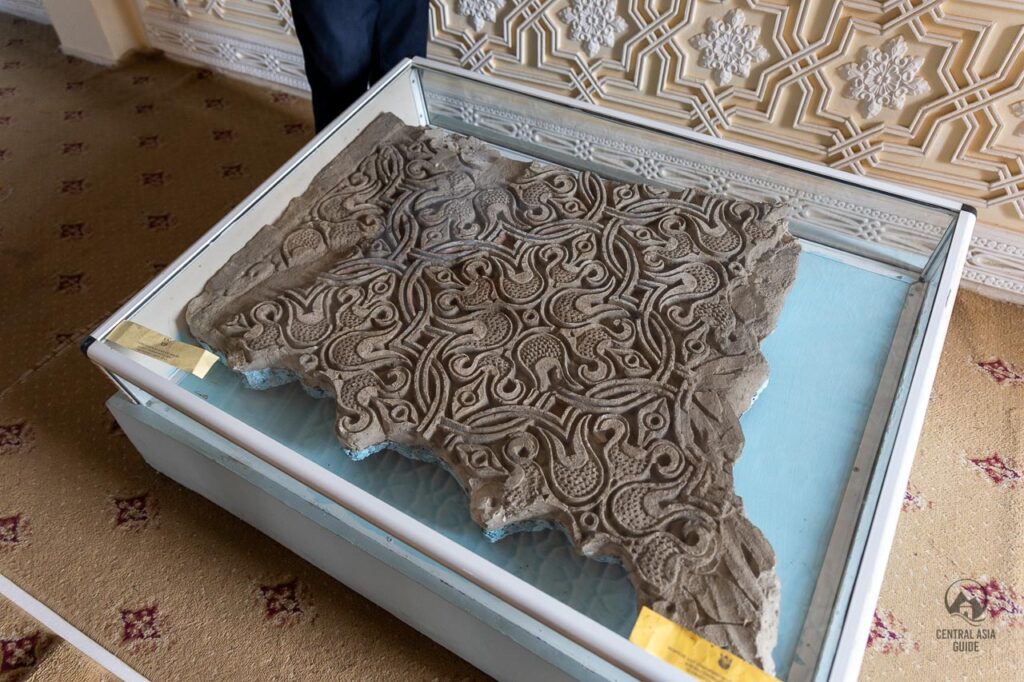
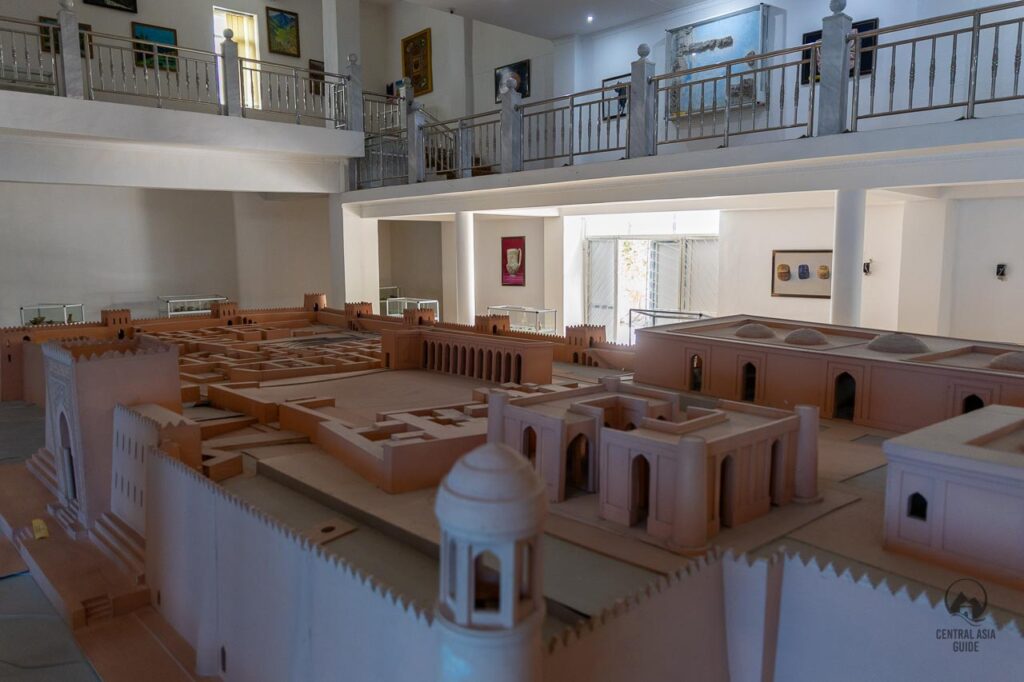
Hulbek’s fortunes changed in the 11th century with the fall of the Samanids. Khuttal became a buffer state and was pillaged from both sides but particularly by the Karakhanids. Hulbek was ravaged and never recovered.
Hulbuk prospered due to its strategic position, the fertile land surrounding it, and deposits of gold, copper, and salt. From the 9th to 12th centuries, It was one of the largest cities in Central Asia. It guarded the western entrance of the Pamir Highway and the nearby salt mines of Khoja Mumin. Inside of the fortress two palaces were built, the lower palace in the ninth and 10th centuries and the upper in the 11th and 12th centuries but the citadel collapsed along with the kingdom. Finally, like everything else in Central Asia, Hulbuk was invaded by Mongols and Turkish tribes. During the centuries afterward, a new market town, Kulob, was founded nearby.
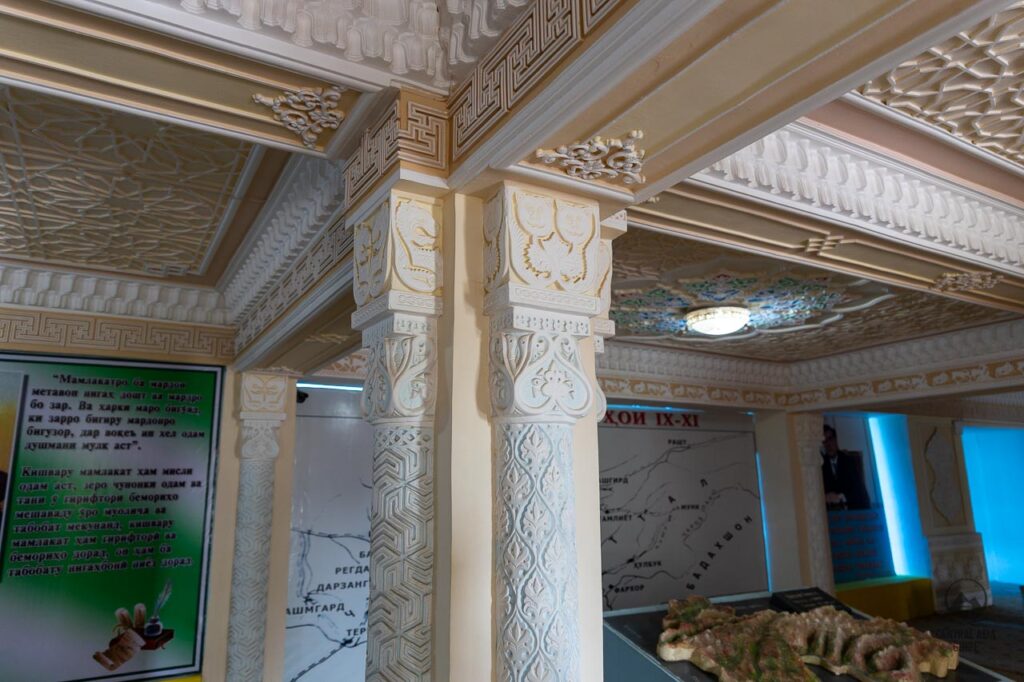
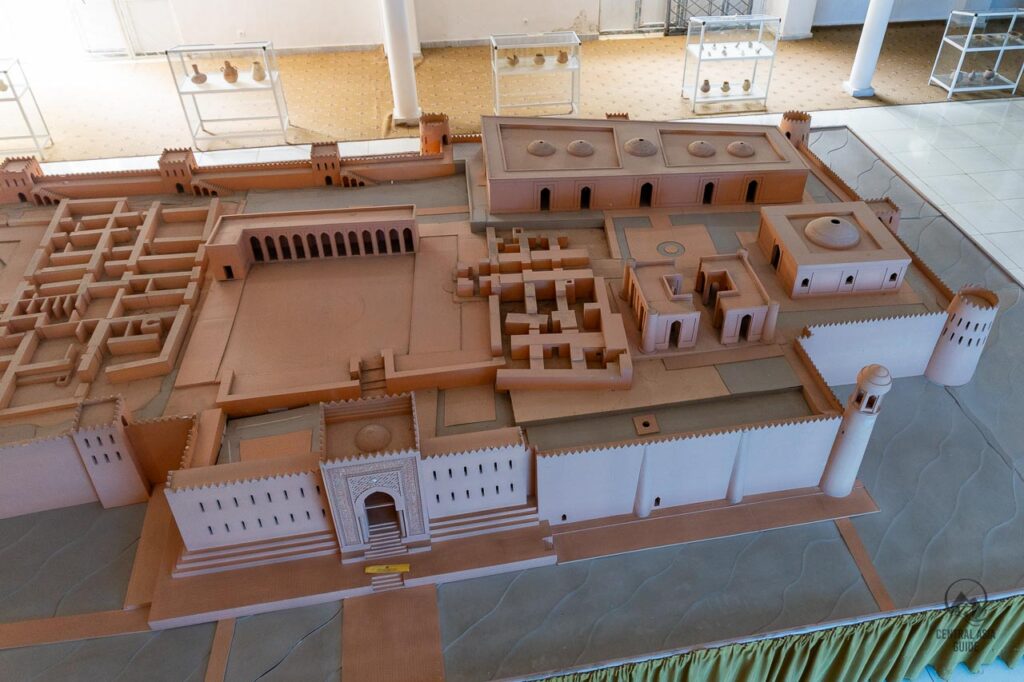
Current restored citadel and Hulbuk museum
The restored citadel of two square hectares is only the center of a city, which had an inner wall and an outer one of 10 km length. The brick walls were originally coated with adobe plaster, and in the room that later became the palace mosque, this plaster was highly decorated with an ornate mihrab. In places, it is still possible to see the Kufic script and original paving slabs.
The Hulbek museum is immediately in front of the fortress, it holds many artifacts excavated from the site and it is recommended to take a guided tour in order to understand better the story of the fortress, city and the kingdom that ruled this area in the past.
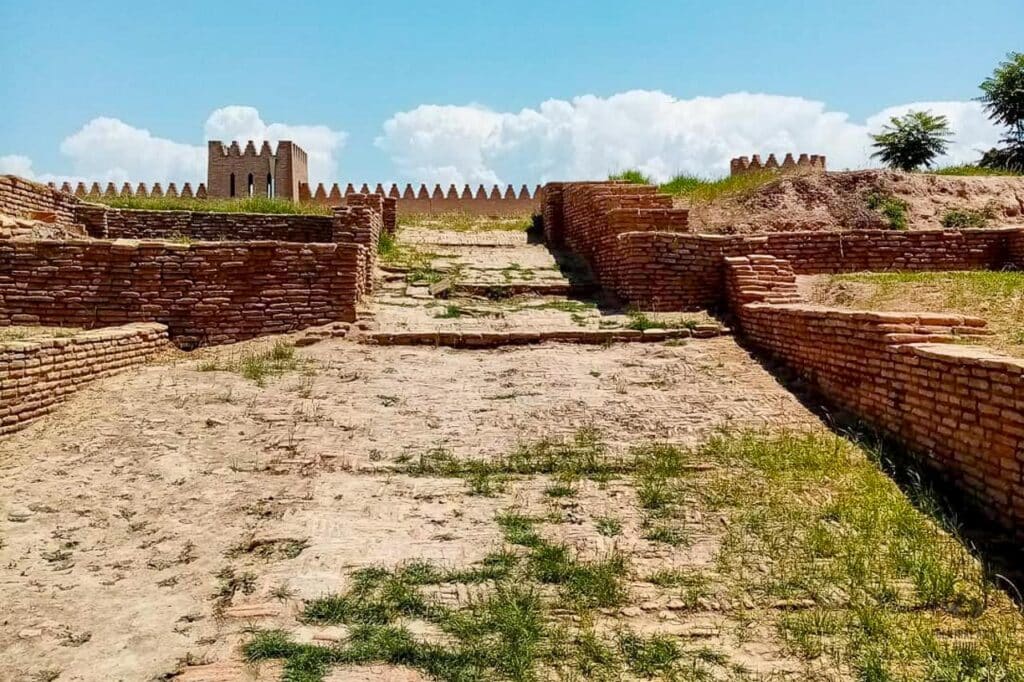
Kurbon Shahid (Hulbuk fortress village) is situated on the main road midway between Dangara and Kulob, so it makes a good break stop when driving between Dushanbe and Kulob or between Kulob and Kurgan Teppa or on the to or from Pamir. It is currently not possible to enter the restored citadel as it is occupied by excavation and restoration works (2024 situation).
Sights and Destinations near Hulbuk Fort
Page update 15.3.2025